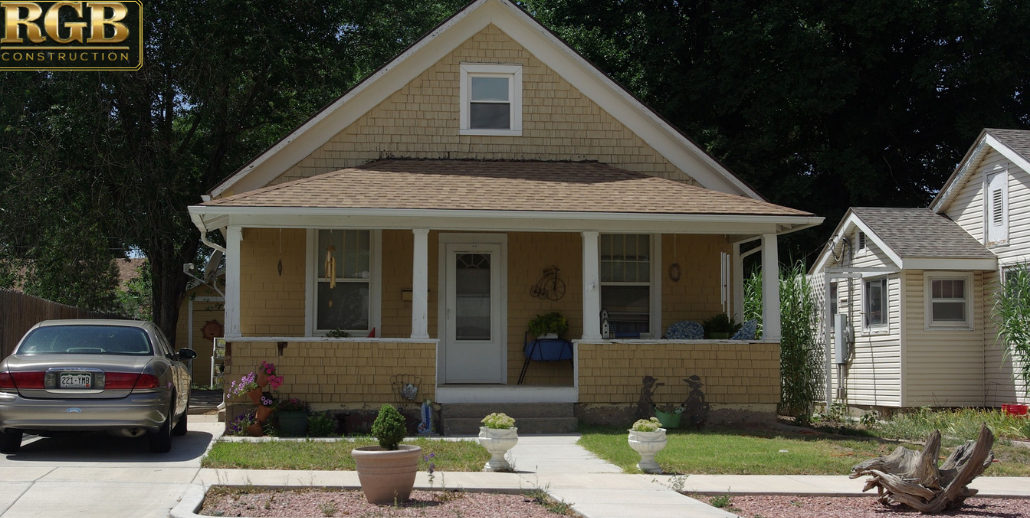Although the siding on your home lasts many years, it does not last forever. There will come a time when you will need to replace your siding due to wear-and-tear, storm damage or simply because it has become dated. Today, you have many options when it comes to siding, according to RGB Construction, experienced siding installers. However, because there are now so many options, choosing the right one can be difficult. These tips can help you choose the right siding for your home, helping you create an exterior you will love for many more years.
Siding Options
Siding contractors in NJ state that there are four main types of siding available. These include:
- Fiber Cement
- Plastic
- Vinyl
- Wood
Each type of siding has its own advantages and disadvantages which you will need to understand before you choose the one that is best for your home.
Fiber Cement Siding
Fiber cement siding combines the benefits of masonry with the look of another building material, including wood shingles, brick, stone or clapboard. It has minimal upkeep and is resistant to decay, fire and termites. Fiber cement siding works well in any type of weather and costs less than the materials it is designed to mimic. Fiber cement is created from wood pulp, fly ash, cement and water. The wood pulp improves the siding’s flexibility and resilience while the ash acts as filler. Some manufacturers use silica sand rather than fly ash. The water dissolves the wood pulp while the cement binds everything once it hardens when it comes in contact with the water. RGB Construction says that clapboard, which is the most popular form of fiber cement siding costs between 70 cents and $5.25 per square foot while shingles, also popular, cost $2 to $8 per square foot.
Plastic Siding
Also known as cellular polyvinyl chloride (PVC) siding, plastic siding is a relatively new concept. It can be manufactured to resemble natural wood but has far fewer maintenance requirements than wood siding products. PVC has been used in construction for many years but using it as siding has only occurred in the past ten years or so. The product is thicker than vinyl siding which means it is
more resistant to cracking. However, it is also more expensive than vinyl at a cost of $10.50 to $15.50 per square foot. The siding is available in designs that mimic shingles, lap board or traditional siding. It is more durable than natural wood as it resists decay, moisture and pests like termites. It is also non-combustible, making it safer than wood. Plastic siding is available in a wide range of colors and styles.
Vinyl Siding
Vinyl siding is one of the most popular options in siding due to its low cost and easy maintenance, according to siding contractors in NJ. The siding is also created from PVC and is available in a wide range of colors and styles. Vinyl is also one of the easiest exteriors to install. In fact, if you have any construction experience, it is possible you could install vinyl siding yourself, although it is recommended that you have a professional install any siding. It is durable, long-lasting and resistant to termites, moisture and decay. However, vinyl is easier to crack than other types of siding and high heat can cause it to melt. Some homeowners report that the siding rattles and, in areas of high wind, vinyl can be pulled from your home easily. Vinyl costs much less than other types of siding.
Wood Siding
Wood has been an option for home exteriors for centuries, yet it is the most expensive of all siding options. It is resistant to impact, but it is vulnerable to decay, moisture and insects. Wood is natural, which means it is recyclable. There is a reason that almost every other type of siding tries to mimic the look of wood. It gives your home a timeless, classic look and is available in many different styles. Cedar and redwood are the most common types of wood siding, mostly because these types of wood are more resistant to decay than others. If your wood siding is damaged, it is easy to make a small replacement, something that is not possible with other types of siding. However, wood is prone to damage from moisture and insects. Wood is also one of the most expensive options in siding.
Maintenance Differences
Vinyl and plastic siding require almost no maintenance in order to keep your home looking beautiful. If you live in a damp area, it is possible you will need to occasionally have your home pressure-washed to avoid mold or mildew build-up. The same is true of fiber cement siding. Wood siding requires the most maintenance of all the siding types. You will need to paint or stain the wood periodically to prevent warping, insect infestations and other issues that are common in wood siding.
Life Expectancy Differences
Wood has the shortest life expectancy, lasting between 20 and 40 years. With proper maintenance, it is possible to have wood siding remain beautiful longer, however. Vinyl siding has a life expectancy of around 60 years without any maintenance, but if you perform regular cleaning and inspect it regularly, it could last more than 100 years. Plastic siding has a life expectancy that is roughly the same as vinyl. Fiber cement may last more than 100 years which means you may never have to replace your siding again.
If you are interested in learning more about siding options, contact RGB Construction today by filling out the easy online form or giving us a call today. We will discuss all your options and help you choose a siding option that will not only give your exterior the look you want but work well with your family’s busy lifestyle. We will work with you throughout the process and help you create the look you want for your home.










